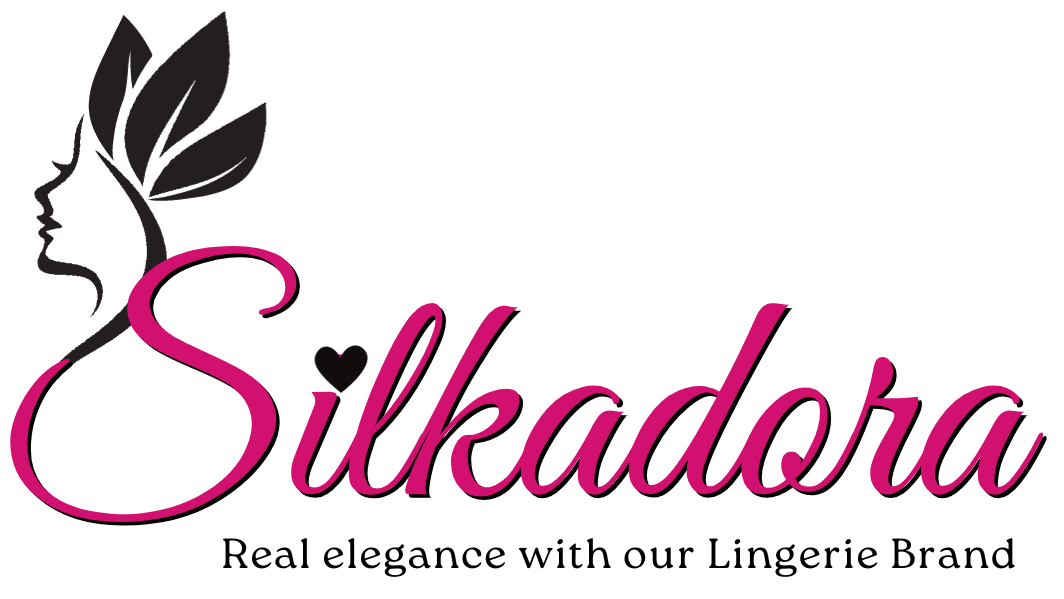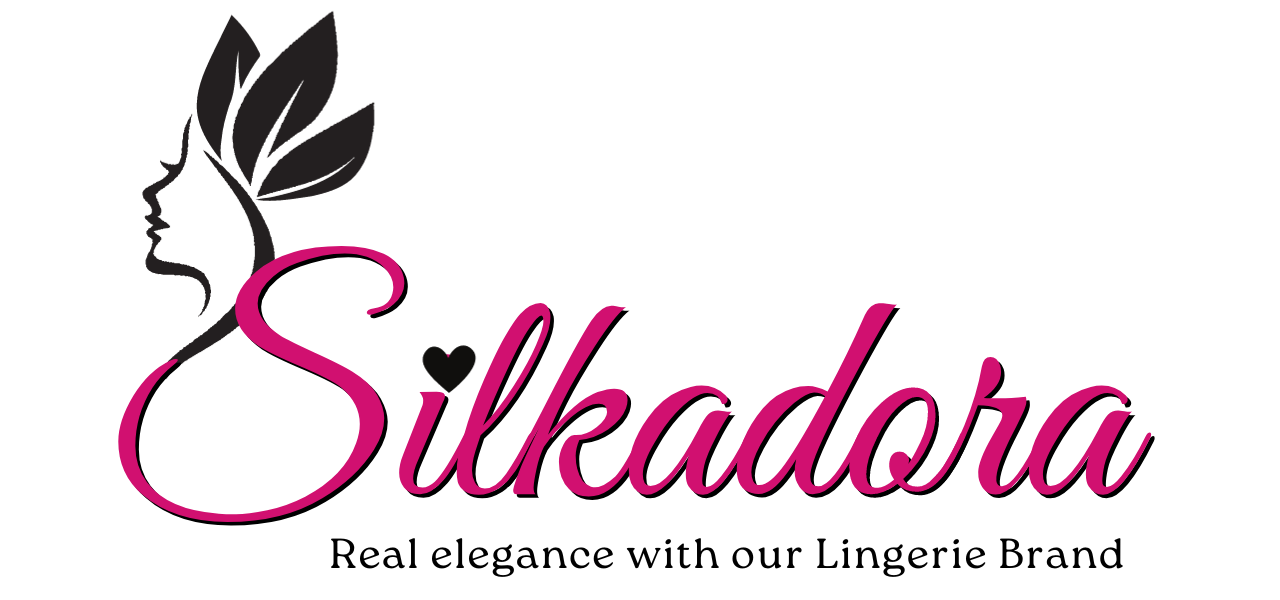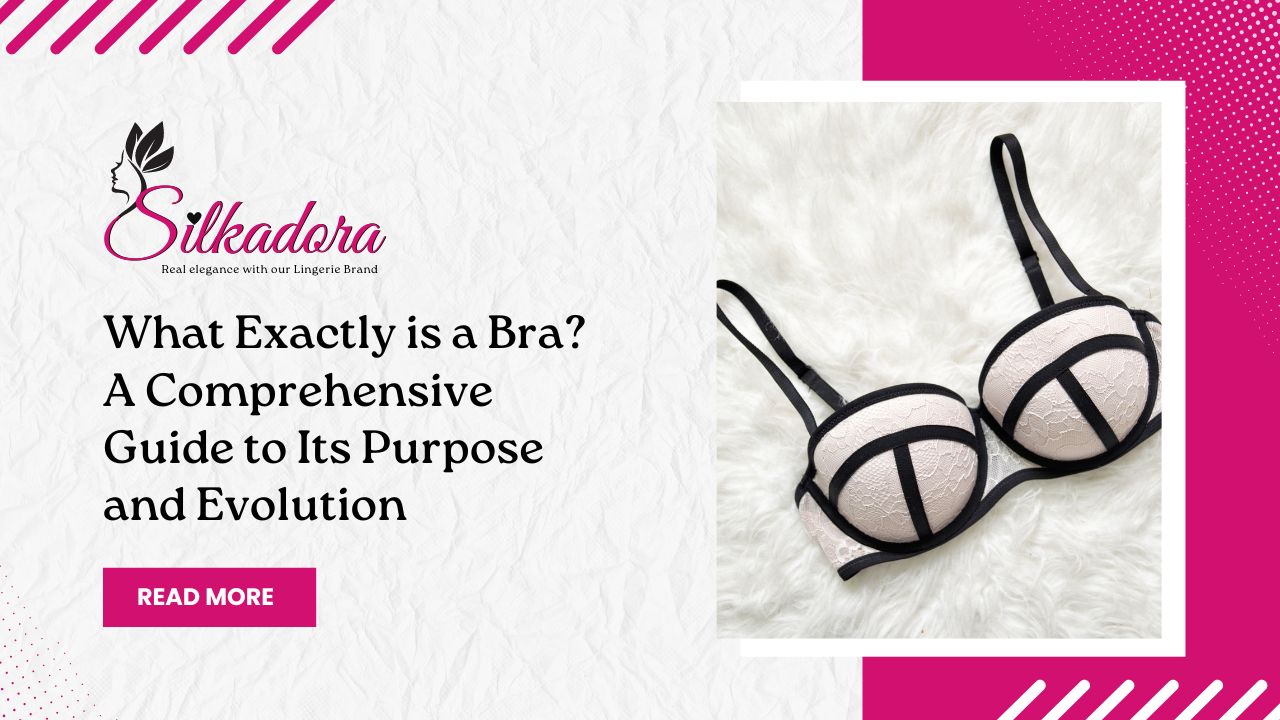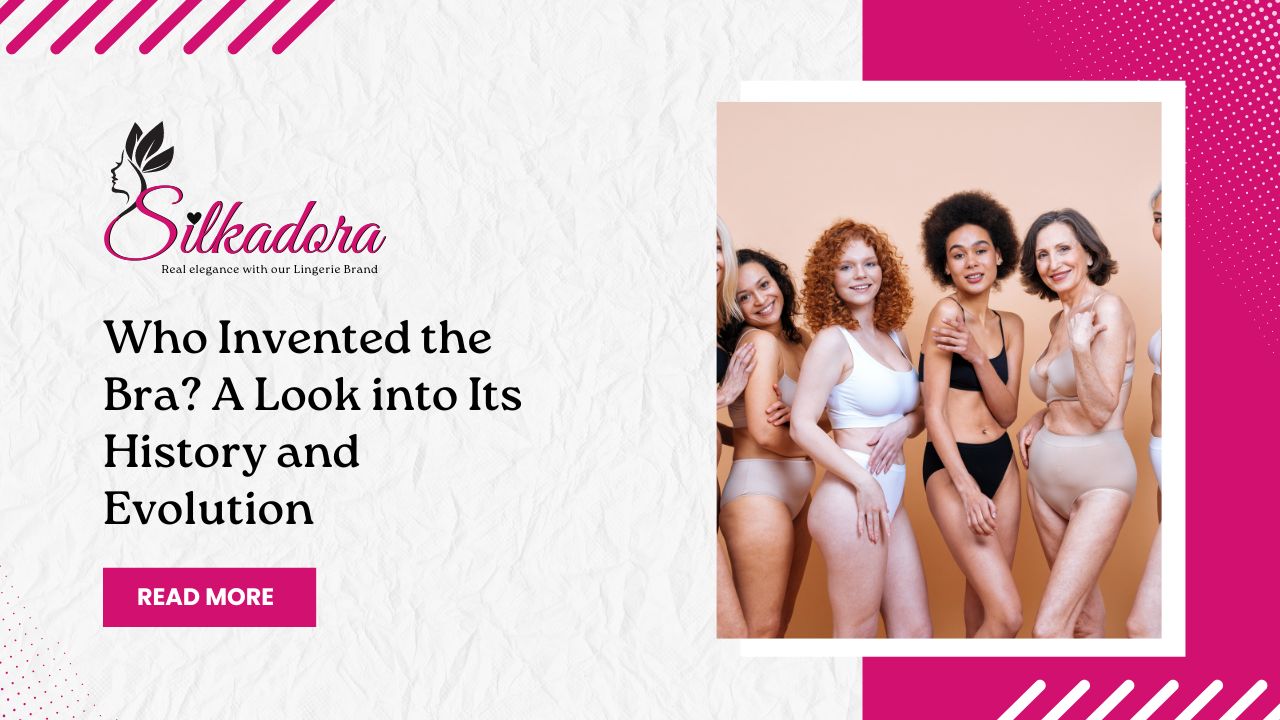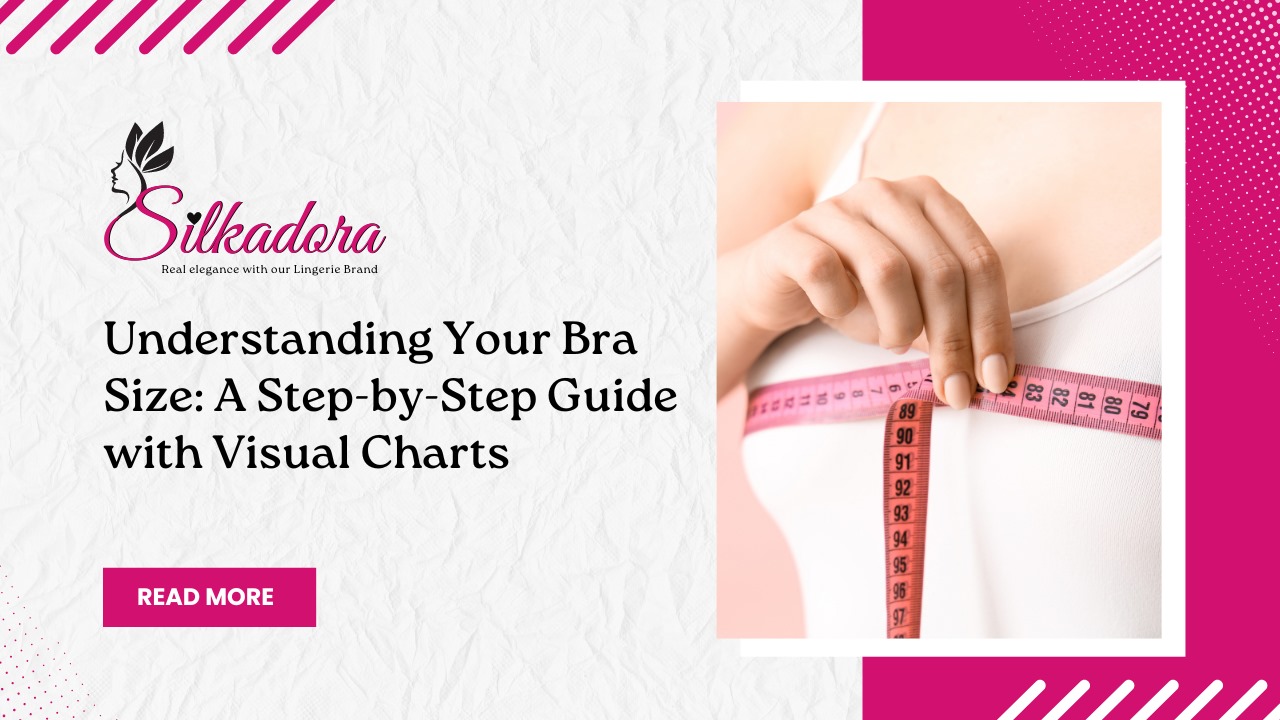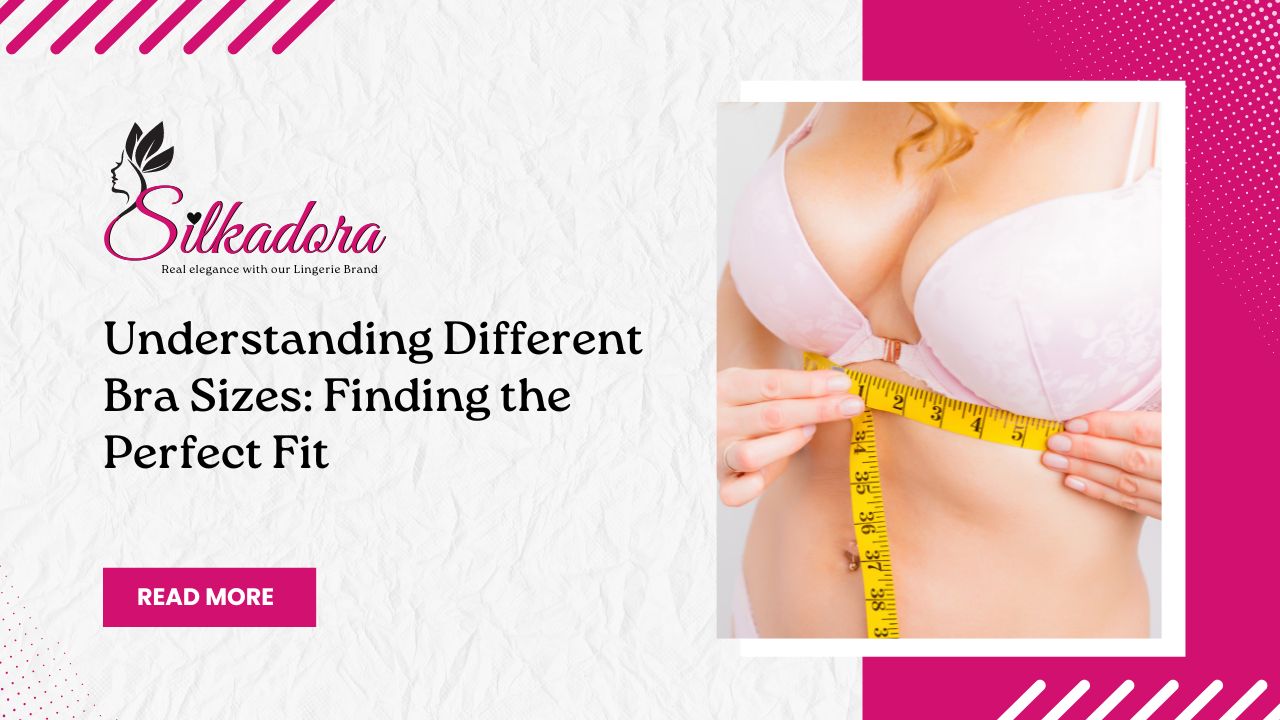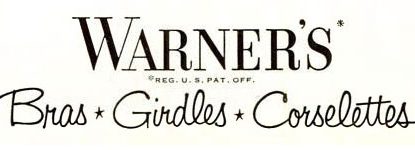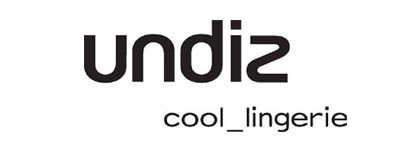Introduction to the Bra: Its Purpose and Importance
Welcome to the ultimate guide on one of the most essential garments in a woman’s wardrobe – the bra! Have you ever wondered about the purpose and evolution of this iconic undergarment that has been a staple for centuries? Join us as we delve into the fascinating history, explore its various types and functions, debunk common misconceptions, and even touch upon controversies surrounding bras. Whether you’re a bra enthusiast or curious novice, let’s unravel the mysteries behind this intimate piece of clothing together.
The History and Evolution of the Bra
The history of the bra dates back to ancient civilizations, where women used fabric and bands to support their breasts. Fast forward to the early 20th century, when corsets gave way to more practical brassieres that allowed for greater freedom of movement.
In the 1920s, fashion trends shifted towards a flatter chest, leading to the introduction of bandeau-style bras. The invention of synthetic materials in the 1930s revolutionized lingerie design, making bras more affordable and diverse in styles.
During World War II, utility became key as bras were designed for comfort and functionality. The 1960s brought about the push-up bra trend popularized by icons like Marilyn Monroe.
Today, we see a wide range of bra styles catering to different body types and preferences – from sports bras for active lifestyles to lacy push-up bras for special occasions. The evolution continues as designers strive to innovate and meet changing demands in fashion and function.
Evolution of the Bra
The evolution of the bra is a fascinating journey that spans centuries. It all began with ancient civilizations using cloth strips to support and shape the breasts. As time progressed, corsets became popular in the 16th century, providing structure and lift but often at the expense of comfort.
In the early 20th century, as women’s fashion evolved to be more practical and comfortable, brassieres started emerging in various forms. The iconic cone-shaped bras of the ’50s gave way to more modern designs like sports bras for active women and push-up bras for added cleavage.
Today, bras come in a multitude of styles, catering to different preferences and needs. From wireless bras for ultimate comfort to strapless bras for versatile outfits – there’s a bra for every occasion. The evolution continues as technology advances, offering innovative materials and designs that prioritize both style and functionality.
Types of Bras and Their Functions
When it comes to bras, the options are endless. From push-up bras that enhance cleavage to sports bras that provide support during workouts, there is a type of bra for every occasion and need.
T-shirt bras are perfect for wearing under fitted tops as they offer a smooth silhouette without any visible lines. On the other hand, balconette bras lift the breasts and create a flattering neckline, making them ideal for low-cut tops or dresses.
For those looking for extra support and coverage, full-coverage bras are designed to cover most of the breast tissue while minimizing bounce. Meanwhile, strapless bras come in handy when you want to wear off-the-shoulder or strapless outfits without worrying about visible straps.
Whether you’re lounging at home or hitting the gym, having a variety of bra styles ensures that you’re always comfortable and confident in whatever you choose to wear.
Finding the Perfect Fit: Tips for Bra Shopping
Finding the perfect bra fit can be a game-changer in terms of comfort and confidence. First and foremost, it’s crucial to get properly measured by a professional to determine your correct size. Remember that sizes may vary between brands, so don’t hesitate to try on different styles until you find the one that fits just right.
When trying on bras, pay attention to how it feels around the band – it should sit snugly but not too tight. The straps should stay in place without digging into your shoulders, while the cups should fully encompass your breasts without any spillage or gaps.
Consider the type of support you need based on your breast shape and personal preferences – whether you prefer underwire for added lift or wireless for a more relaxed feel. Don’t be afraid to ask for assistance from store staff if needed; they are there to help you find the best fit possible.
Common Misconceptions about Bras
One common misconception about bras is that wearing one all the time will prevent sagging breasts. While a bra provides support, it doesn’t necessarily stop natural changes in breast tissue over time.
Another myth is that underwire bras are uncomfortable and unhealthy. In reality, when properly fitted, underwires can provide additional support and shape without causing discomfort or health issues.
Some people believe that wearing a bra to bed can increase the risk of breast cancer. However, there is no scientific evidence linking bra-wearing at night to an increased risk of cancer.
Additionally, many assume that larger cup sizes always mean bigger band sizes. This isn’t true as cup size is relative to band size; for example, a 34C has a smaller cup volume than a 38C.
It’s important to separate fact from fiction when it comes to bras and understand that individual experiences may vary based on personal preferences and body types.
Impact of Bras on Society and Body Image
The impact of bras on society and body image is a complex and multifaceted issue. Throughout history, bras have played a significant role in shaping societal norms around femininity and beauty standards. The portrayal of women wearing bras in media and advertising has often influenced how individuals perceive their own bodies.
Bras can be empowering for some people, providing support and enhancing confidence. However, the pressure to conform to unrealistic ideals of breast size and shape perpetuated by the fashion industry can also lead to feelings of insecurity or inadequacy among those who don’t fit these standards.
On one hand, bras symbolize femininity, elegance, and self-expression. On the other hand, they can reinforce gender stereotypes or contribute to objectification. It’s essential to recognize the diverse perspectives on this topic and consider how individual preferences play a crucial role in navigating societal expectations regarding bras.
The impact of bras on society and body image is deeply personal and subjective – challenging us to reflect on our own beliefs about beauty standards while respecting others’ choices without judgment or criticism.
Controversies and Criticisms Surrounding Bras
Controversies and criticisms surrounding bras have been a topic of discussion for years. One common criticism is the discomfort many women experience from wearing bras, leading to debates about whether they are truly necessary. Some argue that bras can restrict blood flow and contribute to breast sagging over time.
Another controversy revolves around the societal pressure on women to wear bras for aesthetic reasons, perpetuating unrealistic beauty standards. This expectation has sparked movements encouraging women to embrace their natural bodies and go braless as a form of empowerment.
In recent years, the debate over underwire bras has also gained traction due to concerns about potential health risks associated with prolonged use. Critics highlight studies linking underwire bras to issues like lymphatic obstruction and even breast cancer development, although more research is needed in this area.
The controversies and criticisms surrounding bras reflect broader discussions about body autonomy, comfort, and societal expectations placed on individuals based on gender norms.
Alternatives to Traditional Bras
Are you tired of traditional bras and looking for alternatives that offer comfort and style? Look no further! One popular option is the bralette, a lightweight and trendy alternative that provides minimal support. For those seeking more structure without underwires, consider trying a wireless bra. This option offers support while still being comfortable for all-day wear.
Another alternative gaining popularity is the bandeau bra, perfect for off-shoulder tops or dresses. If you prefer a seamless look under tight clothing, a seamless or t-shirt bra might be the way to go. Sports bras are not just for working out – they can also provide excellent support for everyday wear.
For those looking to ditch traditional bras altogether, going braless is always an option. Embrace your natural shape and feel liberated from the constraints of undergarments if it suits your lifestyle and comfort level. Explore these alternatives to find what works best for you!
Conclusion: Embracing the Bra or Going Braless?
Whether you choose to embrace the bra or go braless is a personal decision. It’s essential to prioritize your comfort and confidence above societal norms or expectations. The evolution of bras has provided us with a variety of options to suit different preferences and needs. Remember that there is no right or wrong choice when it comes to wearing a bra – what matters most is how you feel in your own skin. So, whether you prefer the support of a well-fitted bra or the freedom of going without one, embrace what makes you feel empowered and comfortable.
